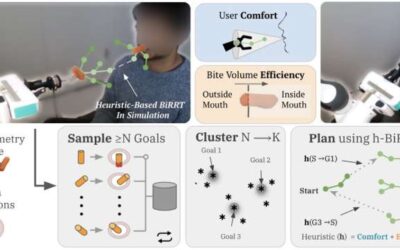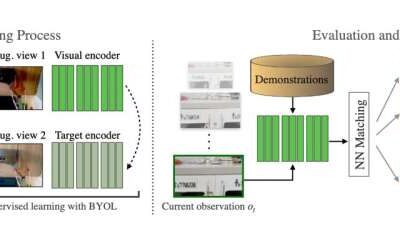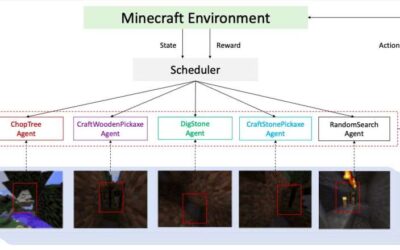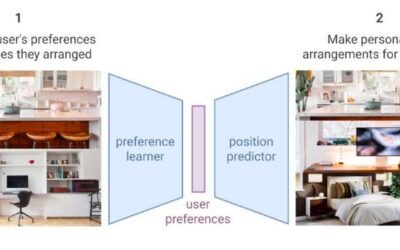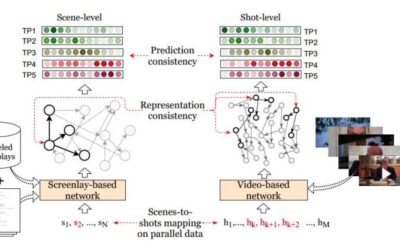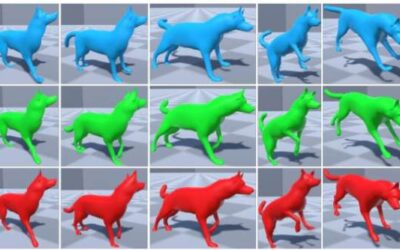Robots could be invaluable allies for older adults and people with physical disabilities, as they could assist them in their day-to-day life and reduce their reliance on human carers. A type of robotic systems that could be particularly helpful are assisted feeding or...
Computer Sciences
A new framework that could simplify imitation learning in robotics
Over the past few decades, computer scientists have been trying to train robots to tackle a variety of tasks, including house chores and manufacturing processes. One of the most renowned strategies used to train robots on manual tasks is imitation learning.
Curve Light: A highly performing indoor positioning system
In recent years, engineers have been trying to develop more effective sensors and tools to monitor indoor environments. Serving as the foundation of these tools, indoor positioning systems automatically determine the position of objects with high accuracy and low...
A virtual reality simulator to train surgeons for skull-base procedures
People with diseases or conditions that affect the base of the skull, such as otologic abnormalities, cancerous tumors and birth defects, might need to undergo skull base surgery at some point in their life. To successfully conduct these challenging procedures,...
SEIHAI: The hierarchical AI that won the NeurIPS-2020 MineRL competition
In recent years, computational tools based on reinforcement learning have achieved remarkable results in numerous tasks, including image classification and robotic object manipulation. Meanwhile, computer scientists have also been training reinforcement learning...
Real2sim2real: A self-supervised learning technique applied to planar robot casting
Over the next few decades, robots could be introduced into human environments, including homes, offices and retail spaces. Among other things, robotic systems could be used to tidy up spaces and make them safer for humans.
NeatNet: A model that can learn people’s tidying up preferences
As robots become increasingly advanced and affordable, more people could start introducing them into their homes. Many roboticists have thus been trying to develop systems that can effectively assist humans with house chores, such as cooking, cleaning and tidying up.
A new model that automatically generates movie trailers
Trailers, short video clips that introduce new movies, are often crucial elements in the promotional strategies employed by film production companies. To be most effective, trailers should briefly summarize a movie's plot, conveying its artistic style and overall mood...
A deep learning method to automatically enhance dog animations
Researchers at Trinity College Dublin and University of Bath have recently developed a model based on deep neural networks that could help to improve the quality of animations containing quadruped animals, such as dogs. The framework they created was presented at the...
A Q-learning algorithm to generate shots for walking robots in soccer simulations
RoboCup, originally named the J-League, is an annual robotics and artificial intelligence (AI) competition organized by the International RoboCup Federation. During RoboCup, robots compete with other robots soccer tournaments.

